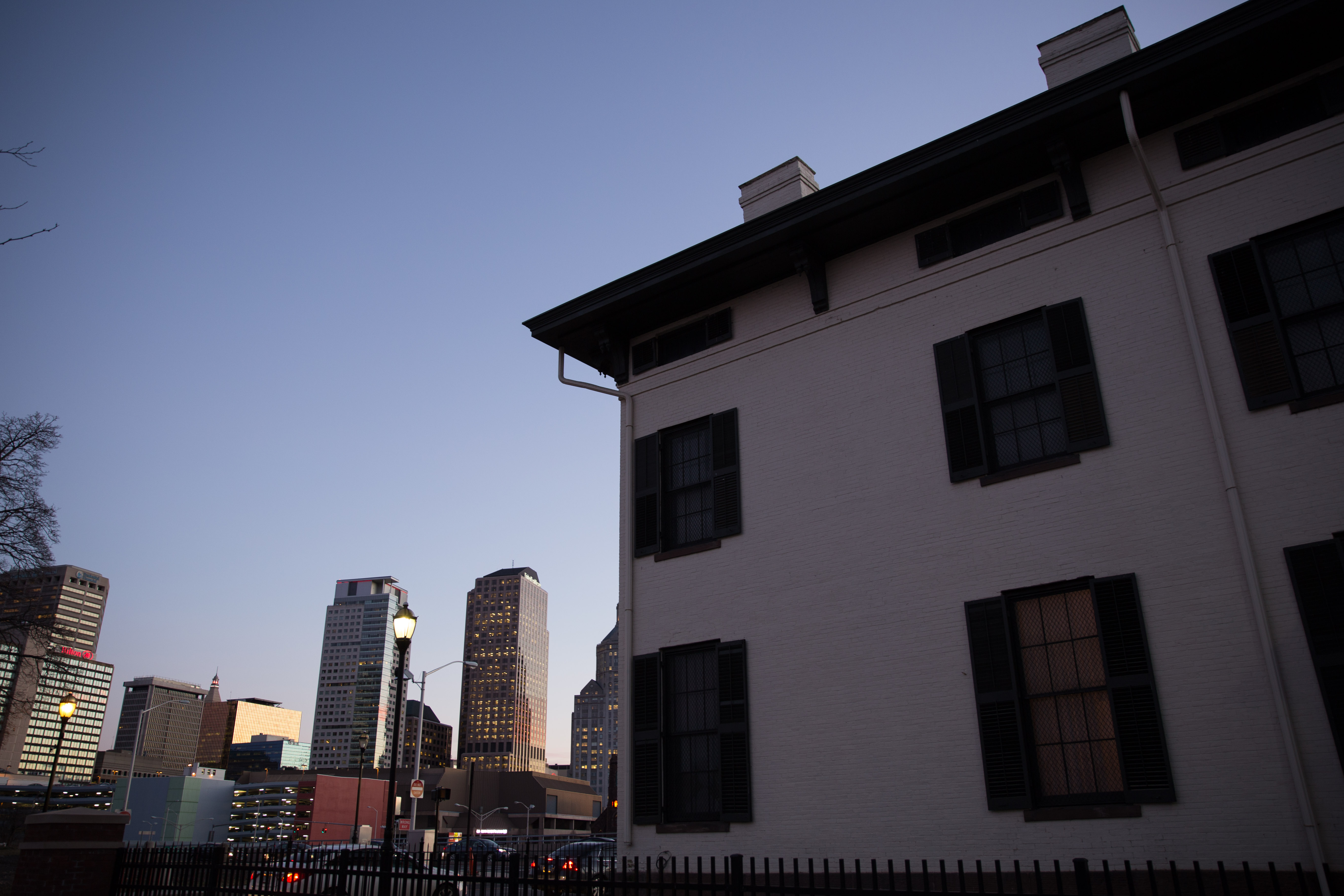Episode 144: Housing In New England
This week on NEXT:
We’re tackling housing in New England, from gentrification in the region’s urban areas, to housing crunches in the rural ones.
Plus, we’ll talk about homelessness in Maine, and why a disproportionate number of the LGBTQ community experience homelessness.
It’s NEXT.
Gentrification in New England’s Urban Areas

3200 Washington St. in Egleston Square in Boston, today, left, and back in 2015. Photo by Jesse Costa for WBUR
It’s not a surprise that our housing costs are some of the highest in the nation, but there a lot of other factors making this issue one of our region’s most pressing. Electricity, heat, food, and transportation all cost more here. Our bustling urban hubs are attracting high-tech jobs, and sky-high rents, that are forcing lower-income workers out of the cities. But the availability of affordable housing in the suburbs can be a challenge, too. And, in New England’s rural regions, many of our existing houses are old and inefficient, far from shopping centers and public transit
About 5 years ago, Boston was looking at ways to make housing more affordable, the median rent price for a one-bedroom apartment is about $2400, well out of range for most middle-income workers. So, Boston set out with a plan: build more housing. The goal was 69,000 new units of housing by 2030, with 16,000 set aside for low and middle-income Bostonians. But even as more new apartments come on the market, long-time residents are being pushed out by the forces of gentrification in neighborhoods like Egleston Square in Jamaica Plain. WBUR’s Qainat Khan takes us back to the neighborhood to see how it’s changing.
Back in January 2017, we spoke with Luis Cotto about gentrification in Egleston Square. Listen back to that conversation.
Like Greater Boston, housing costs in Connecticut are high, median apartment prices are about $1,100 a month. But the state also has wide disparities, with some of the biggest concentrations of wealth and poverty in the nation. A new report from the Urban League of Southern Connecticut and Quinnipiac University called “The State of Urban Connecticut 2019” looks at these disparities, and what they can tell us about housing in our region. Robert Brown III joins us, he’s a visiting professor of sociology at Quinnipiac University and one of the authors of the report.
Why Does Vermont Have Such a Housing Crunch?
Peter Kerson asked the question that VPR’s people-powered podcast, Brave Little State, answered in March: “Why is there such a housing crunch in Vermont?” Henry Epp, a reporter, and host of All Things Consider for VPR, and Angela Evancie, host of Brave Little State and VPR’s Managing Editor for Podcasts, set out to answer the question for Brave Little State. Here’s a bit of what they found.
You can find all the episodes of Brave Little State here. And you can get it wherever you get your podcasts. Unsure how to get podcasts? Check out this helpful guide by VPR.
Homelessness in New England

Mikaylah arrived in Maine about three years ago from Connecticut, where she and her sisters had been raised by their single dad. When he passed away, they moved to Biddeford to be with family. Photo by Brett Plymale for Maine Public
Maine is seeing a growing number of young people, from preschool through 12th grade, who are homeless. They’re moving into shelters, couch surfing with other families, and in rare cases, camping or living in cars. According to the National Center for Homeless Education, the numbers increased by 30 percent in just two years. Maine Public’s Robbie Feinberg brings us the story behind those numbers, and what it’s meant for kids and the communities trying to help them.
This piece is part of a series by Robbie Feinberg for Maine Public Radio, “Finding a Way.”
A disproportionate number of homeless youth identify as LGBTQ. Bianca Wilson, co-author of the report “Serving Our Youth 2015: The Needs and Experiences of Lesbian, Gay, Bisexual, Transgender, and Questioning Youth Experiencing Homelessness,” explains to us what the numbers say, and why rates of homelessness are higher among LGBTQ communities.
And in our region, especially in rural areas, LGBTQ individuals who are homeless often have even bigger challenges to finding safe spaces. Skylar Wolfe is the Director of the SafeSpace Anti-Violence Program for the Pride Center of Vermont. He told us what factors can cause homelessness.
New England Music Featured on NEXT
About NEXT
NEXT is produced at Connecticut Public Radio
Host: John Dankosky
Producer: Lily Tyson
Digital Producer: Carlos Mejia
Senior Director: Catie Talarski
Contributors to this episode: Qainat Khan, Henry Epp, Angela Evancie, Robbie Feinberg
Music: Todd Merrell, “New England” by Goodnight Blue Moon, “Zero Gravity” by Goodnight Blue Moon, “On My Way To You” by Noelle Micarelli
—
New to NEXT? You can find every episode or one you missed within our archives.
We need your feedback! Send critiques, suggestions, questions, and ideas to next@ctpublic.org. Help us spread the word! If you like what you hear, rate and review us on iTunes.


